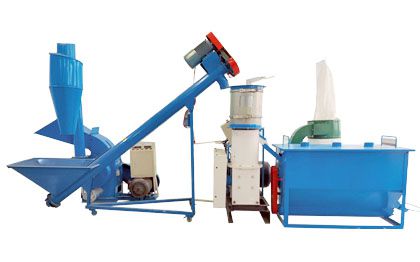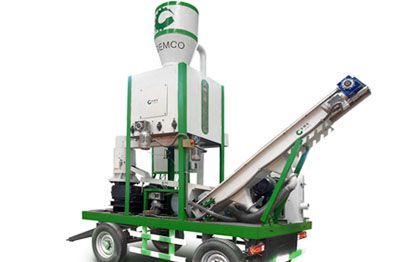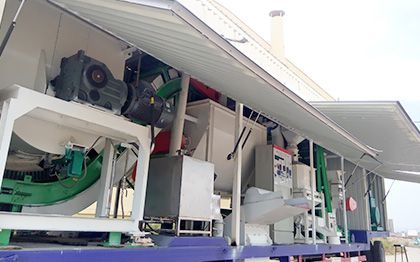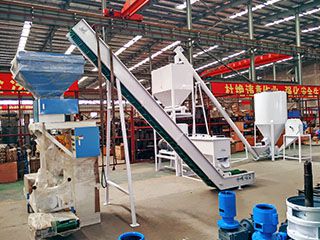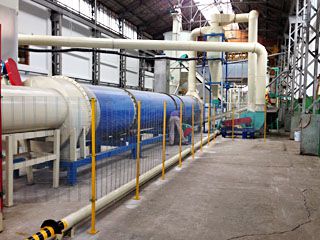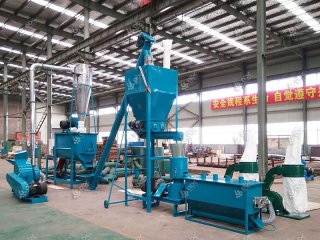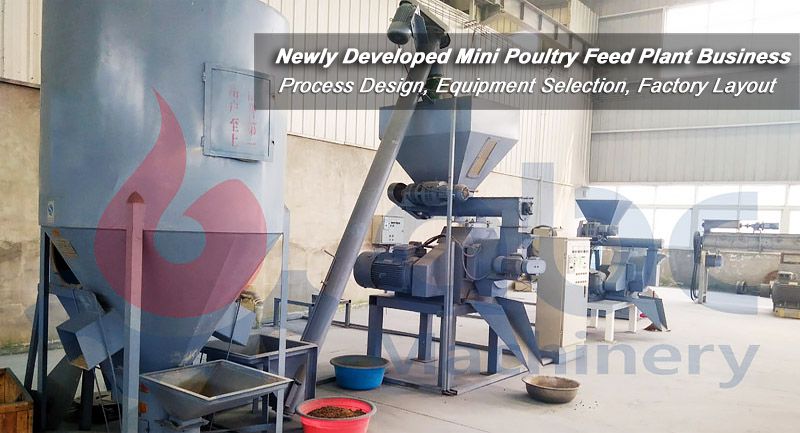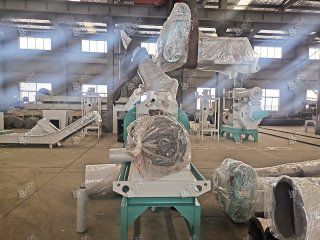In practical trout farming, many animal feed processing plant tend to use a single feed formula throughout the entire growth cycle, which results in a decrease of feed conversion rate by over 15%. As a cold-water carnivorous species, trout have significant differences in nutritional requirements, digestive enzyme activity, and feeding capacity at different growth stages. Adopting a stage-based nutritional model for designing trout fish feed pellets is the key to achieving efficient farming and precise feeding.
 Why Buy Trout Fish Feed Equipment for Your Plant?
Why Buy Trout Fish Feed Equipment for Your Plant?
Trout Feed Pellets Phased Nutritional Ratios
To meet the nutritional demands of trout at various growth stages, key parameters such as fish feed pellet size, density, and protein-fat ratios must be finely adjusted. The table below summarizes the core nutritional formulations and functional characteristics of fish feed pellets for trout at each stage (data sourced from ABC Machinery’s client sample database, NRC 2011 nutrition guidelines, and mainstream trout farming projects):
|
Growth Stage |
Pellet Size Range (mm) |
Pellet Density (g/cm³) |
Protein Content (%) |
Fat Content (%) |
Main Functions/Effects |
|---|---|---|---|---|---|
|
Fry Stage |
0.3 - 1.2 |
≥1.15 |
≥50 |
8-12 |
Meets high metabolic needs, promotes early healthy growth, improves digestibility |
|
Fingerling Stage |
1.5 - 2.5 |
1.10 ±0.05 |
40 - 45 |
10-15 |
Promotes bone and muscle development, enhances immunity |
|
Juvenile Stage |
3 - 5 |
1.10 - 1.20 |
38 - 42 |
12-18 |
Optimizes feed conversion ratio, improves weight gain efficiency |
|
Adult Stage |
4 - 6 |
1.15 - 1.25 |
35 - 40 |
15-20 |
Regulates fat deposition |
|
Broodstock Stage |
- |
- |
40 - 50 |
18-22 |
Enhances broodstock health, improves egg quality and reproduction success |
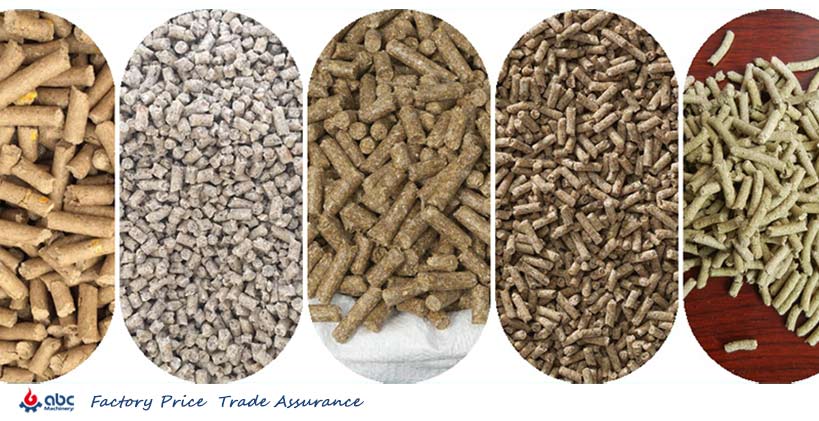 Explaining Different Type of Trout Fish Feed Pellets
Explaining Different Type of Trout Fish Feed Pellets
Due to the significant variation in nutritional composition, fish feeding pellets density, and size requirements of trout across different growth stages, generic fish feed machinery often fails to deliver precise adaptation. This leads to suboptimal feed formulation and pellet shaping solutions. If you have specific species, growth stage, production capacity, or formula requirements, feel free to contact ABC Machinery. Our engineers are available 24/7 to provide free parameter evaluations, pellet samples, and production line configuration advice.
Why Do High-Quality Trout Fish Feed Pellets Require Advanced Equipment?
In modern trout farming, relying solely on high-quality feed formulas cannot meet the demand for refined, high-yield production. Truly efficient, stable, and nutritionally controlled pellet feed for fish depends on advanced equipment combined with precise fish feed manufacturing process. ABC Machinery has been dedicated to aquatic feed technology for over 20 years. From raw material processing to finished pellet discharge, we meticulously optimize every step to help global fish feed production plant produce market-competitive commercial fish feed pellets.
Precision Conditioning System: The Key to Digestibility
-
Conditioning temperature and duration directly influence starch gelatinization and protein denaturation. Research shows that when gelatinization ≥90%, feed dry matter digestibility can improve by 25%, especially critical for fry digestive system development.
-
ABC Machinery’s dual-shaft paddle conditioner with PLC temperature control maintains ±1°C accuracy, achieving over 92% gelatinization. Multiple clients report average feed conversion rate (FCR) improvements from 1.6 to 1.35, reducing unit farming costs by 12%.
Intelligent Extrusion Technology: Control of Pellet Density and Shape
-
Trout feeding preferences vary with density; fry prefer floating pellets, while adults prefer slow-sinking types. Density deviation beyond ±0.05 g/cm³ affects feeding behavior and feed waste, causing 5-10% daily feed loss.
-
ABC extrusion machines use intelligent frequency conversion technology to independently adjust screw speed, extrusion chamber pressure, and water input, keeping pellet density within ±0.02 g/cm³. Testing shows pellet breakage under 2% and 8% reduction in uneaten feed.
Vacuum Coating System: Locking Core Nutrients in the “Final Mile”
-
Trout feed often contains DHA, vitamins A&E, fish oil, etc. Traditional coating methods suffer nutrient loss due to surface volatility, retaining less than 80% nutrients.
-
ABC’s vacuum coating applies a negative pressure layer post-pellet cooling, increasing nutrient retention to 95%.
Modular Grinding & Mixing System: Uniformity Ensures Product Stability
-
Large raw material particle size variation causes uneven nutrient distribution, disrupting protein and energy intake per fish, affecting uniform growth, and raising sorting costs.
-
ABC uses a three-stage classified hammer mill system grinding to under 300μm; combined with a dual-spiral high-uniformity mixer, batch CV values are kept ≤5%. Client projects show an increase in fish weight uniformity to over 85%.
Intelligent Control System: Full-Process Automatic Monitoring and Alerts
-
Frequent formula switching in factories causes manual errors, unstable batches, and increased return risk, particularly sensitive in export markets.
-
ABC’s intelligent control system automatically records and switches between 100+ formulas, tracks and corrects process parameters, and provides real-time fault alerts. One operator can manage the entire fish feed production line, saving 40% labor and significantly boosting operational efficiency.
Flexible Production Line Design: Multi-Species Compatibility, High Yield, Low Energy
-
Trout feed factories often also produce feeds for rainbow trout, salmon, and other cold-water species, demanding higher flexibility and energy control.
-
ABC’s integrated lines support “one set of equipment + multiple specifications,” with main drives upgraded to IE3 energy-efficient motors, saving over 15% energy compared to traditional fishing pellet making machine.
 Trout Fish Feed Pellets Manufacturing Line for Sale
Trout Fish Feed Pellets Manufacturing Line for Sale
Choosing ABC Machinery Means More Than Just Equipment
In today’s aquaculture, where “precise cost control” and “high-end market breakthrough” are crucial, ordinary equipment cannot meet the goals of high quality and high returns in trout farming. We understand you need not only output but also profit, safety, and a sustainable future. Choosing ABC Machinery as your fish feed mill and production line supplier means selecting a stable, efficient, and sustainable solution for trout fish feed pellet production.
-
Energy-efficient fish feed processing equipment that reduces energy consumption by 15%-20%, significantly improving the operational efficiency of your fish feed mill plant cost.
-
Precision-controlled fish feed pellets production equipment with pellet size accuracy within ±0.03mm, ensuring uniformity and consistent quality to satisfy premium market demands.
-
Advanced quality tracking system integrated into the fish feed processing machinery, achieving a product pass rate up to 99.8%, ensuring production quality and safety.
-
As a professional fish feed manufacturing machines supplier, ABC Machinery offers a full set of fish feed production equipment and turnkey fish feed production lines, with overseas engineers stationed onsite to ensure stable, efficient trout fish feed mill plant operation.
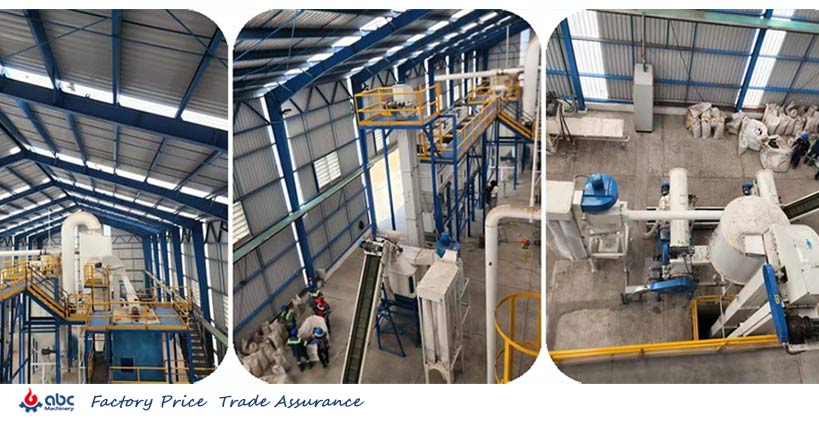 Successful Trout Fish Feed Pellet Manufacturing Plant for Sale
Successful Trout Fish Feed Pellet Manufacturing Plant for Sale
Choosing ABC Machinery means you get more than just a state-of-the-art trout fish feed pellet machine—you gain a trusted partner in your production line. We commit to providing comprehensive support from equipment R&D, production line design, process optimization to after-sales service. Contact us now for a free customized trout fish feed production line plan and quotation, helping your farming business move from “fast output” to “stable profit”!


